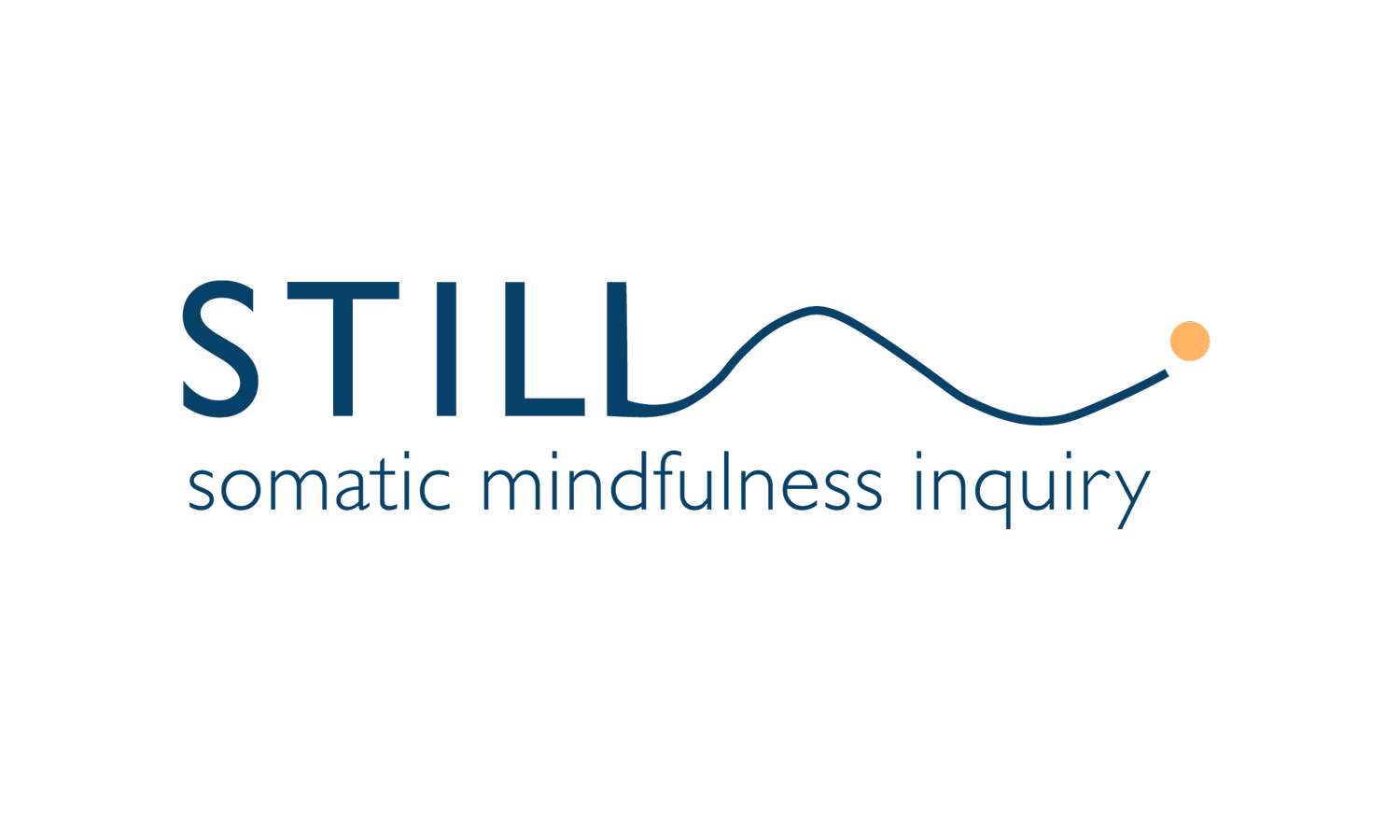Balancing Our Doshas
Feeling overwhelmed? Now that we know a bit more about our doshas and Ayurvedic constitution, what do we do with this information?
If you were to learn about heart disease in western medicine, you might take a course, do some research about best practices, apply principles like regular aerobic exercise to increase the health and strength of your heart muscle, reduce stress, and eat heart healthy foods. These basics are available to all of us and if we need to know more, we go to a doctor or cardiologist.
Ayurveda is India’s ancient comprehensive holistic medical system. Although this way of thinking may be different from what we’re used to in western medicine, we can apply a similar logic. It is helpful to look at our mindbody health through this lens, and Ayurveda has an immense knowledge about holistic healing practices. If we need more help or we want to go deeper, there are many Ayurvedic doctors and specialists online and often in your area as well.
I’ve organized this step of understanding and applying Ayurvedic principles specific to balancing our doshas into three areas: pranayama, abhyanga (self-massage), and nutrition. You might be inspired to try one thing from each area or focus on one for awhile to see what happens.
You can also practice dosha specific yoga. More on that here: vata, pitta, kapha.
Pranayama
Nadi Shodhanam, alternate nostril breathing, balances all of the doshas by distributing prana (energy) rich oxygen throughout the body, enhancing ability to process CO2 and Nitric Oxide, and balancing parasympathetic and sympathetic energies. Join us for our free daily 8AM practice on Monday April 24th to experience this master practice of joyful breath or listen to guided practices on my Insight Timer channel.
Benefits of alternate nostril breathing include: for Vata - restful sleep, improves mental calmness and clarity, reduces anxiety, fear, and overwhelm; for Pitta - calms the mind, increases mental harmony, soothes overheated emotions, releases tension in the body and mind; for Kapha -improves mental clarity, focus, and alertness, helps relieve respiratory allergies and congestion.
Brahmari (Sanskrit: bumble bee) is useful for balancing vata. As we exhale, we make a humming sound in our throat and our nasal passages. It reduces blood pressure, nourishes bodily tissues, enhances restful sleep, nourishes the throat and voice, enhances parasympathetic tone, calms and quiets the thinking mind, improves focus concentration and memory, and more. Learn here.
Sitali is a cooling and restores and balances healthy levels of pitta within the body and mind. Moisten and curl your tongue and breathe in at a normal pace through the mouth and exhale through your nostrils. Do on a regular basis 2 minutes daily or when you’re overheated.
Benefits include: relieves thirst, nourishes body tissues, reduces blood pressure, lowers body temperature, promotes healthy digestion, soothes anger and irritability, calms and decreases inflammation. I used this a lot to cool hot flashes during menopause. Learn here.
Kapalabhati stimulates circulation, gently warms the body, and promotes the distribution of prāṇa throughout the body and mind to help ameliorate cold, stagnant, heavy, dense, lethargic, and depressed qualities and symptoms and is helpful in increasing the digestive fires necessary for digestion, metabolism, and assimilation of food. Do this practice on an empty stomach.
The focus for balancing kapha with pranayama is to bring in light, warming, activating, and purifying energy to reduce congestion, heaviness, and dullness. Learn here.
Abhyanga self-massage
We cleanse the body by flushing toxins and impurities, stimulate the immune system, promote free flow of energies, rejuvenate both mind and body, lubricate the skin, promote youthfulness, invigorate the nervous system, and strengthen the endocrine systems through stimulation of the vital points (marmas).
Dry brush first with long strokes moving from outer limbs towards center.
Pour oil into your palms, rub them together, then massage your whole body beginning with your scalp and face. Detailed instructions here.
After completion, rest for several minutes as the oil soaks in, then shower without soap to rinse off the remaining oil. Learn here: what types of oil to use and detailed videos and help.
Nutrition and Food
Ayurveda diet is based on the 6 tastes: sweet, sour, salty, pungent, bitter, and astringent. For food to be satisfying, we need to experience all 6 tastes. The Joyful Belly has more about Ayurveda’s approach to food and nutrition and will inspire you to try their wonderful dosha balancing recipes.
Vata: eat warm, nourishing foods: soups, stews, and cooked vegetables; avoid cold, raw foods and dry, crunchy; and reduce or avoid stimulants such as caffeine and nicotine.
Pitta: favor foods that are cool, refreshing, and hydrating, such as cucumber, watermelon, coconut, leafy greens; avoid or reduce hot, spicy, and acidic foods.
Kapha: eat warm, light, and spicy foods; include vegetables, legumes, grains, and spices like ginger, black pepper, cinnamon; avoid heavy, oily, and sweet foods.
Low Hanging Fruit
Many small steps taken consistently over time change the course of our health and life. Choose a few that you can easily incorporate into your life and see what happens. Some of these are more complicated, like abhyanga self-massage, but the results are powerful. I’ve never done the practice every day but when I do, I enjoy it and see the results.
Explore with us in our Sunday free community class at 10AM Eastern and
Insight Timer Live at 11:30 Eastern for somatic inquiry on pitta dosha and calming the fight response.
